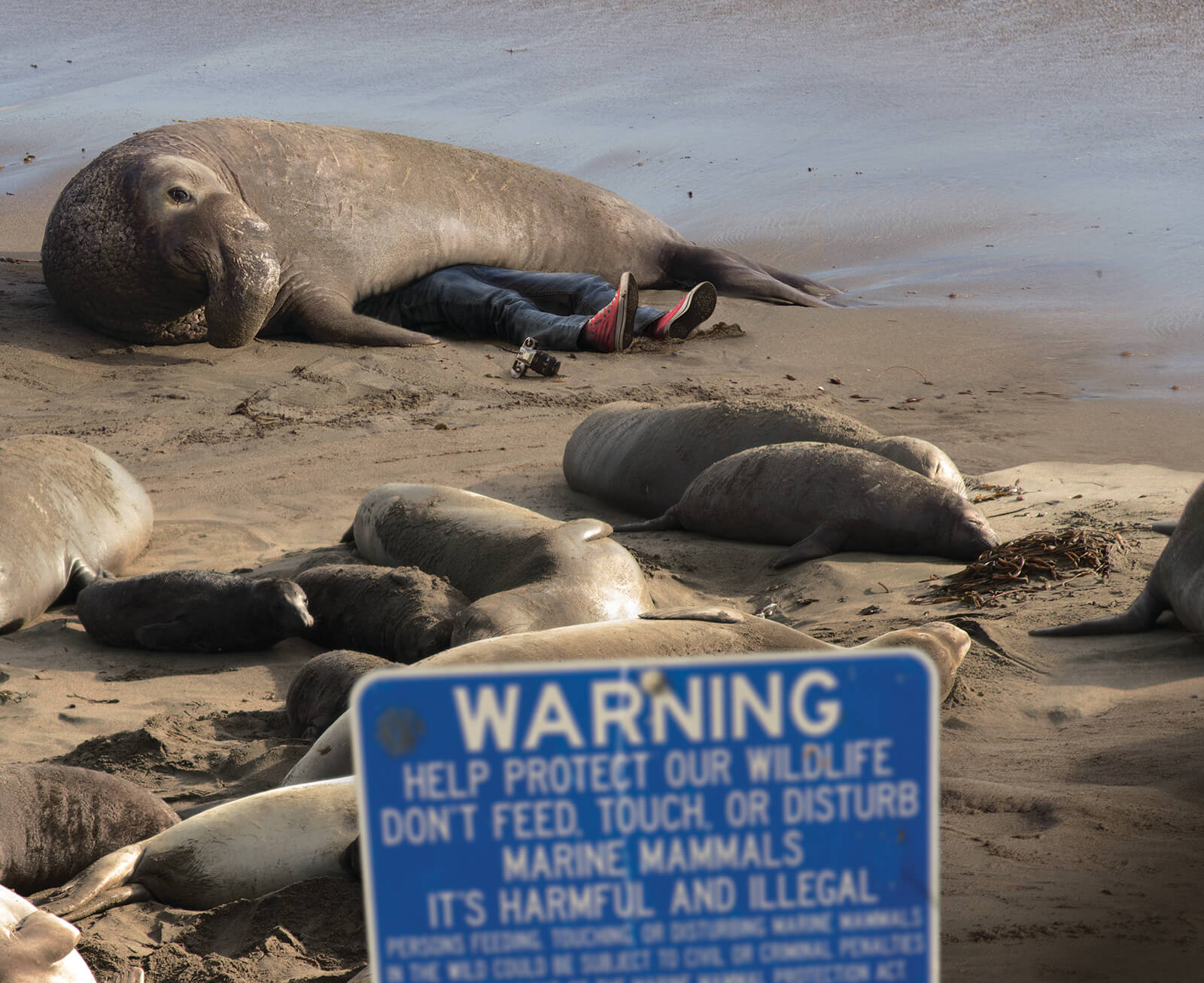5 Tips for Seeing and Protecting Sanctuary Animals
National marine sanctuaries are some of the best places in the world to see wildlife. From birdwatching to whale watching, these special places have something for everyone. But what are the best ways to watch wildlife without disturbing the animals or putting yourself in harm’s way?
- LEARN BEFORE YOU GO
Read about the wildlife, viewing sites, and local regulations to get the most from your wildlife viewing experience. Research online, stop by your sanctuary visitor center, buy regional viewing guidebooks, and hire local guides to increase your chances of seeing marine wildlife.
- DON’T BE THAT GUY
While that elephant seal may be the first one you’ve seen all day, you’re probably not the first human it’s seen, and you may be interrupting time it needs to rest or eat. Always give animals plenty of space—if it’s looking at you, or if you’re close enough to take a selfie, you’re too close.
- BINOCULARS ARE YOUR FRIEND
Come prepared to watch from afar! Binoculars can help you see a distant whale, and a zoom lens can help you snap the perfect photo.
- TAKE ONLY PICTURES
Souvenirs are best left on the beach! Resist the temptation to collect shells, rocks, or other underwater artifacts, because they provide homes for sea creatures and good surfaces for young plants to hold to. If you must collect something, gather your friends together for a beach cleanup.
- KEEP YOUR DISTANCE
If you’re paddling or boating around whales, keep your distance and let them come to you. Never follow a whale or get between a mother and calf.


